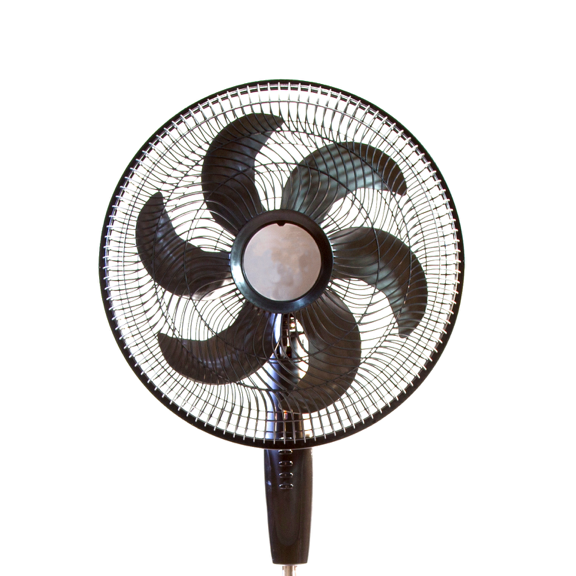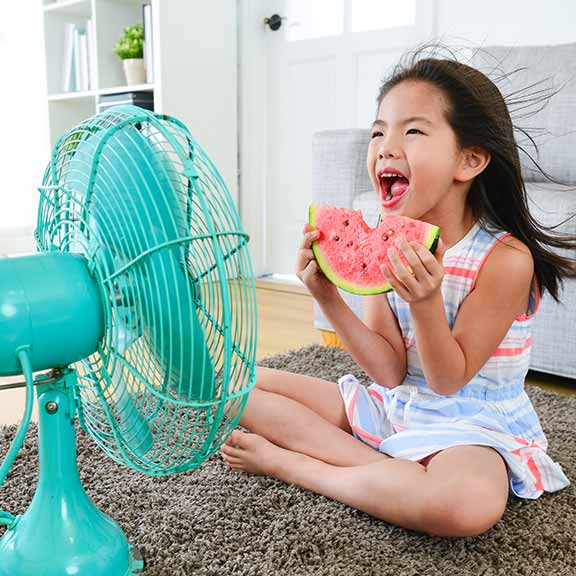With large areas of Australia reaching sweltering conditions for the better part of each year (hello Darwin!), we love our air conditioning. Even the colder parts of the nation thrive on a good reverse-cycle model. Our tests, reviews, information and buying guides help you choose the best air conditioner for your home and budget.
Air conditioners
Air conditioners
When you're in a hot spot, investing in the right air conditioner can make or break your summer days.
Review and compare
Air conditioner reviews
We compare over 320 air conditioners, including models from Daikin, Fujitsu, Mitsubishi and LG, to find the best options for your home.
Buying guides
What to know before buying an air conditioner
We guide you through choosing one that suits your home and saves you money.
How to buy ducted reverse-cycle air conditioning
Looking for the complete cooling and heating solution?
Articles




